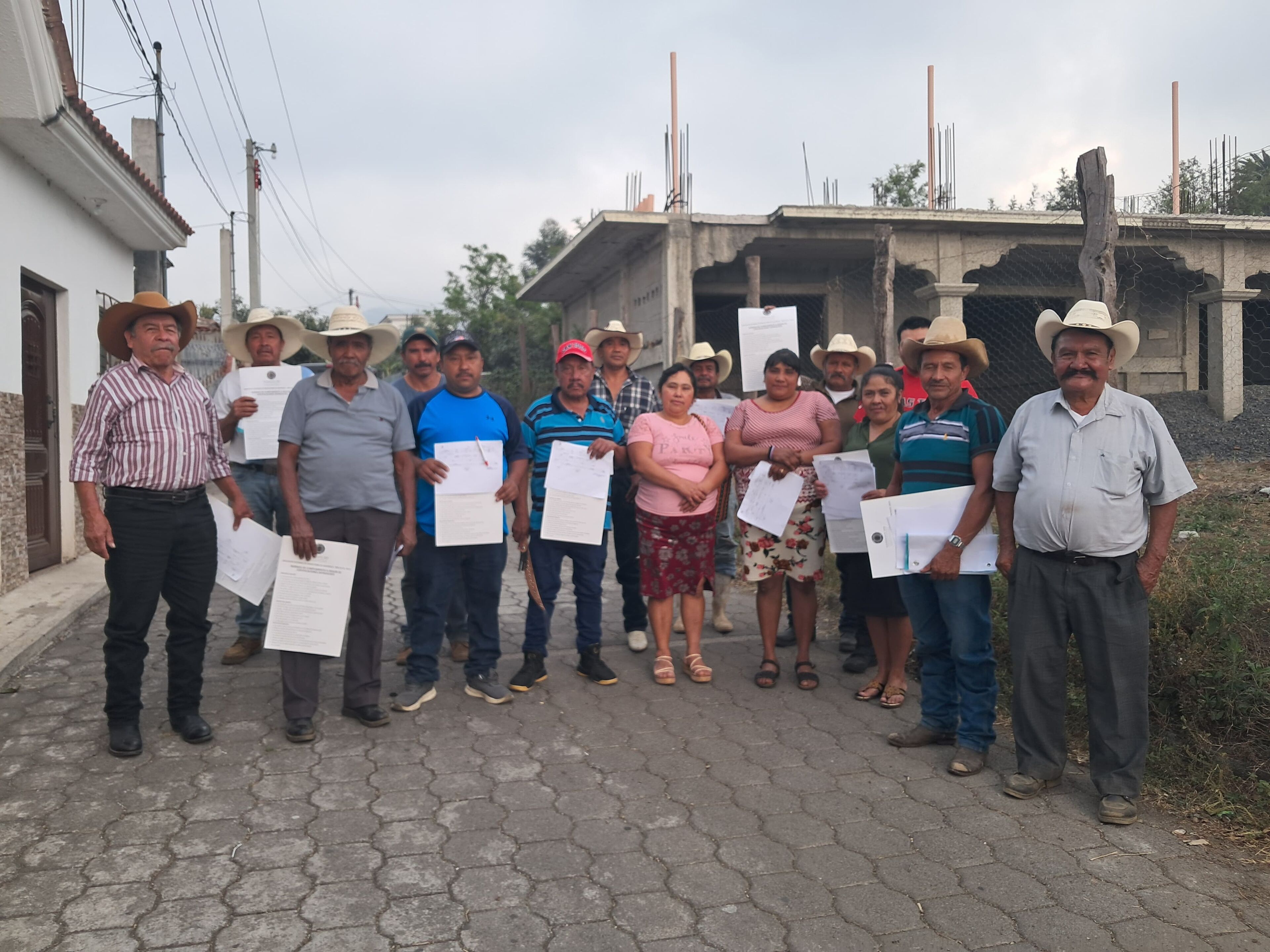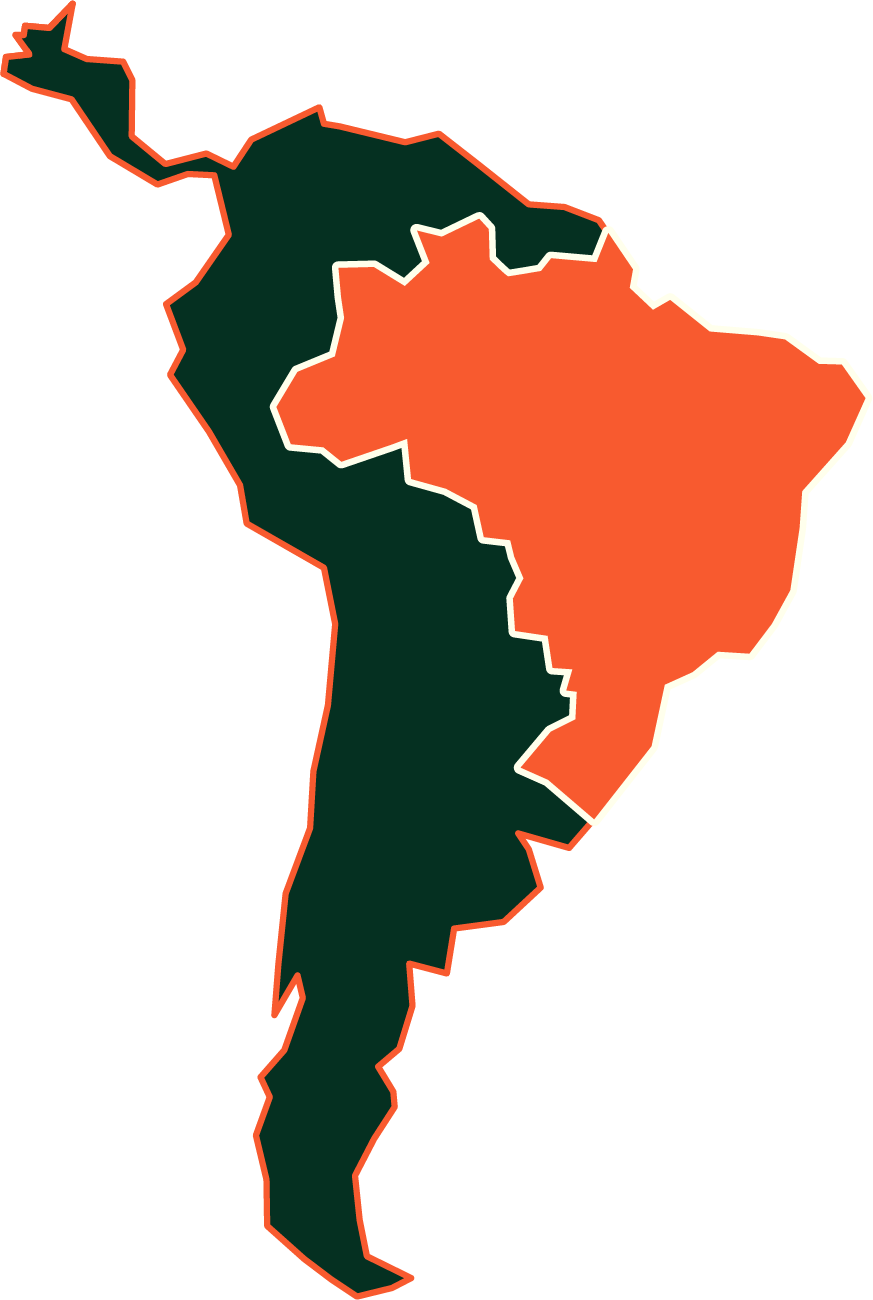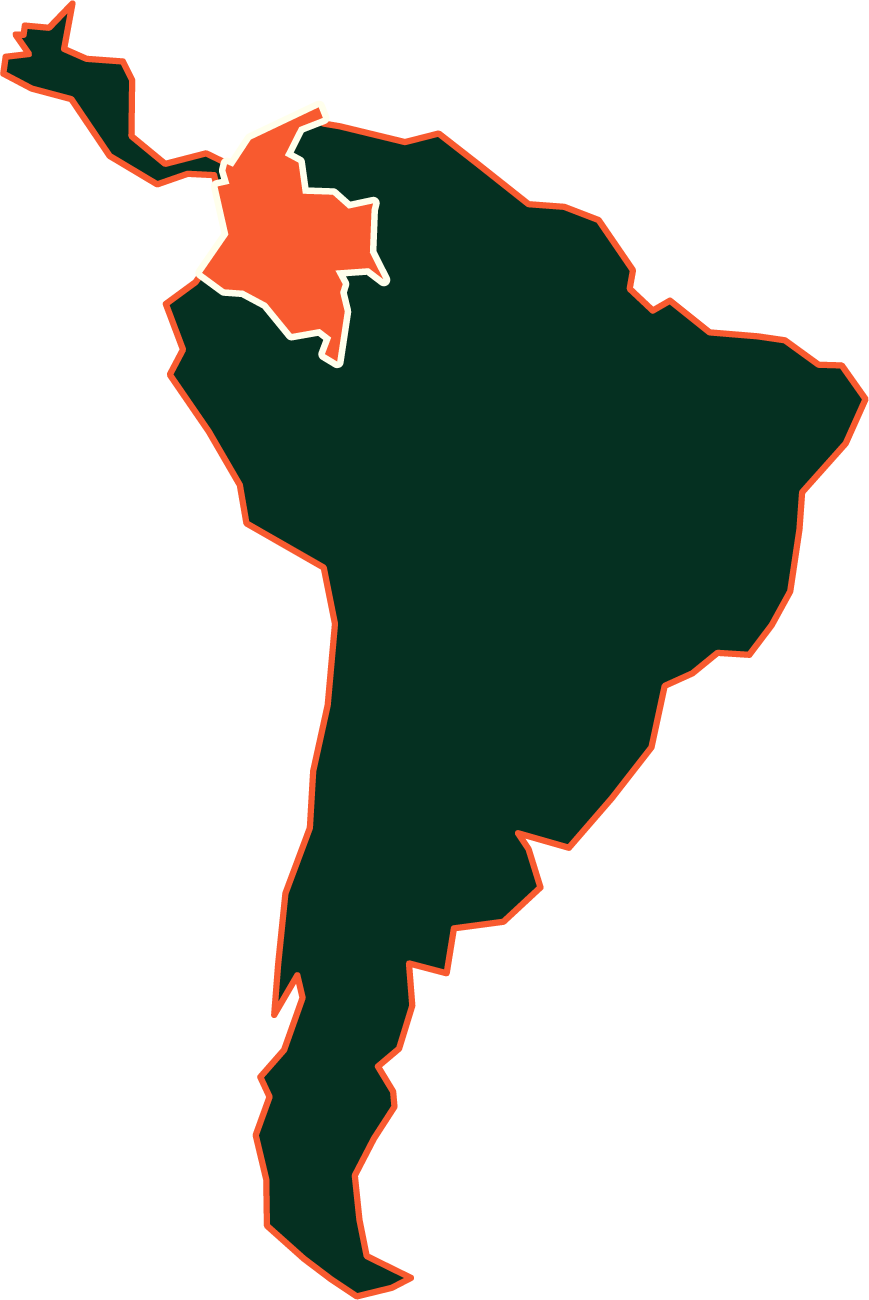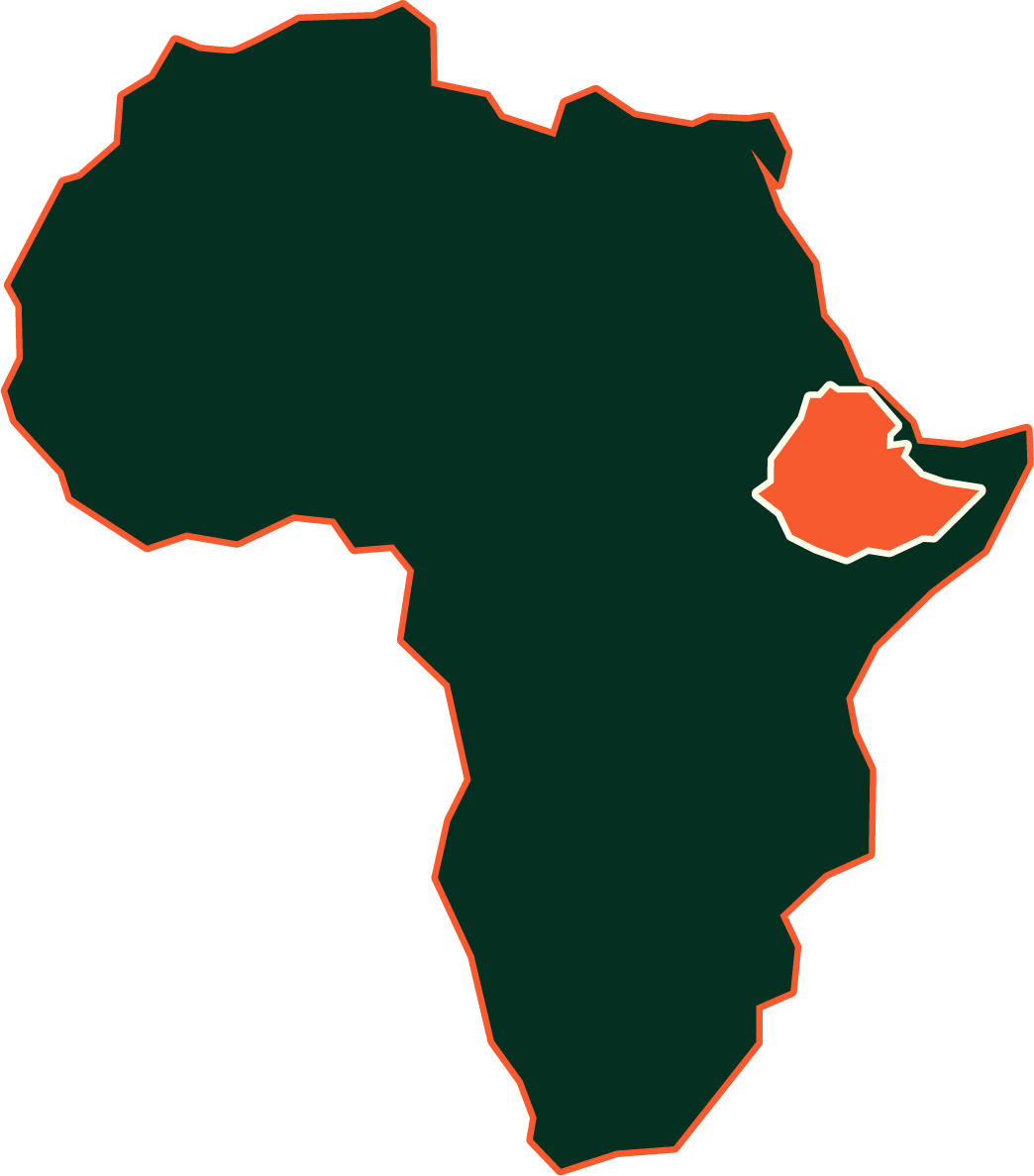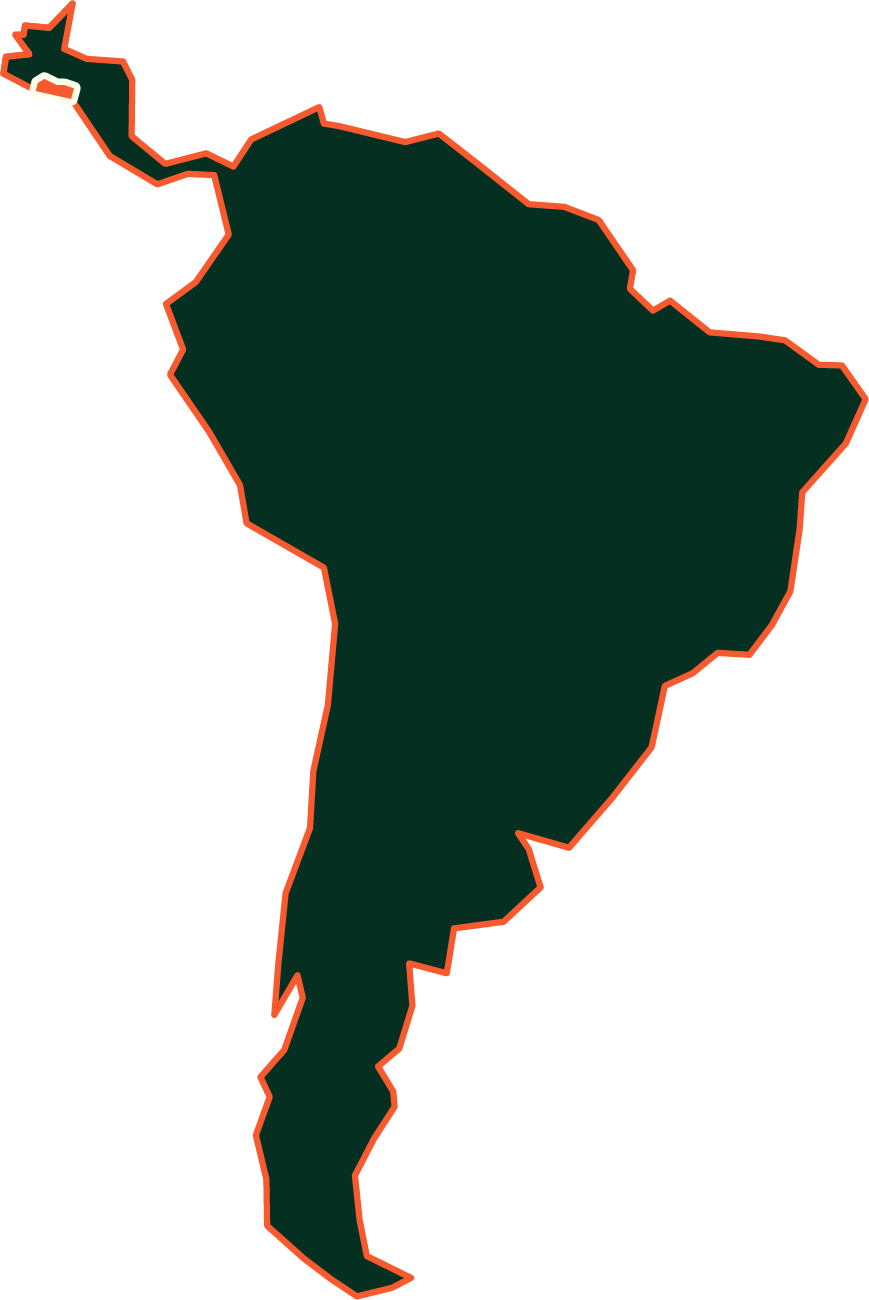Guatemala
Identity record

Capital city
Guatemala City Coffee area
305,000ha Average farm area
2.45ha Geography
Mountainous, volcanic and tropical Harvest period
November - March Number of coffee growers
125000 Number of people living from the coffee industry
500000 Number of harvests per year
1 Bag production per year
3320000 Main varieties
Red bourbon, Catimor, Catuai, Caturra rouge, Pacamara, Pache
Coffee production areas
Click on the area you want to observe

Antigua
The Antigua coffee region is distinguished by its rich volcanic soil, low humidity, abundant sunlight, and cool nights. Nestled in a valley, it is encircled by three volcanoes: Agua, Fuego, and Acatenango. Periodically, Fuego, one of Guatemala's three active volcanoes, imparts a new layer of mineral-rich ash to the soil in Antigua. The volcanic pumice present in the soil effectively retains moisture, mitigating the impact of Antigua's relatively low rainfall. In this region, dense shade serves a crucial role in shielding the coffee plants from occasional frost.
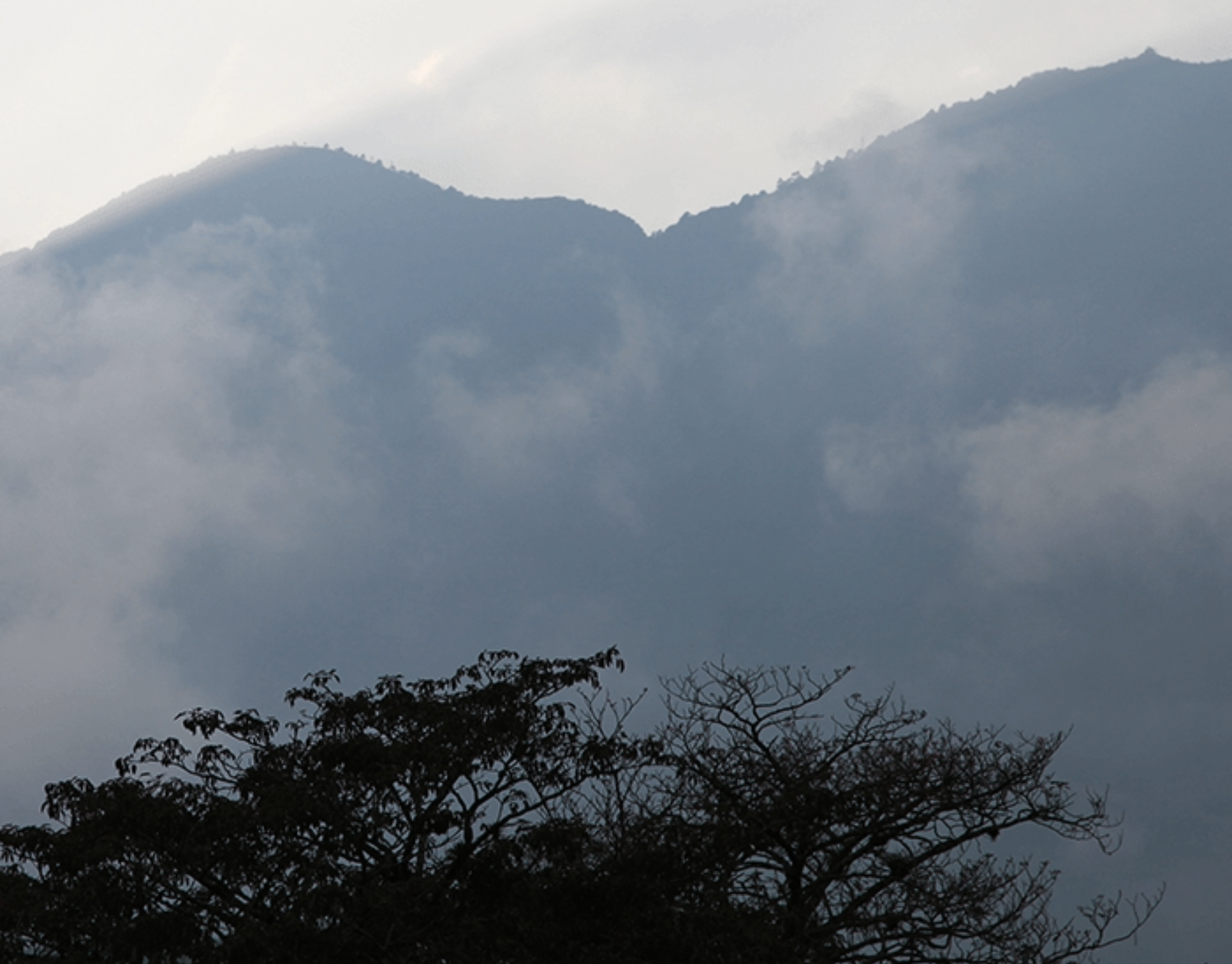
Atitlan
Among Guatemala's five volcanic coffee regions, Atitlán stands out for having the most abundant organic matter in its soil. Coffee cultivation thrives on the slopes of the three imposing volcanoes that command the shores of Lake Atitlán. The microclimate is significantly shaped by the daily winds, known as Xocomil, which whip across the cold waters of the lake.
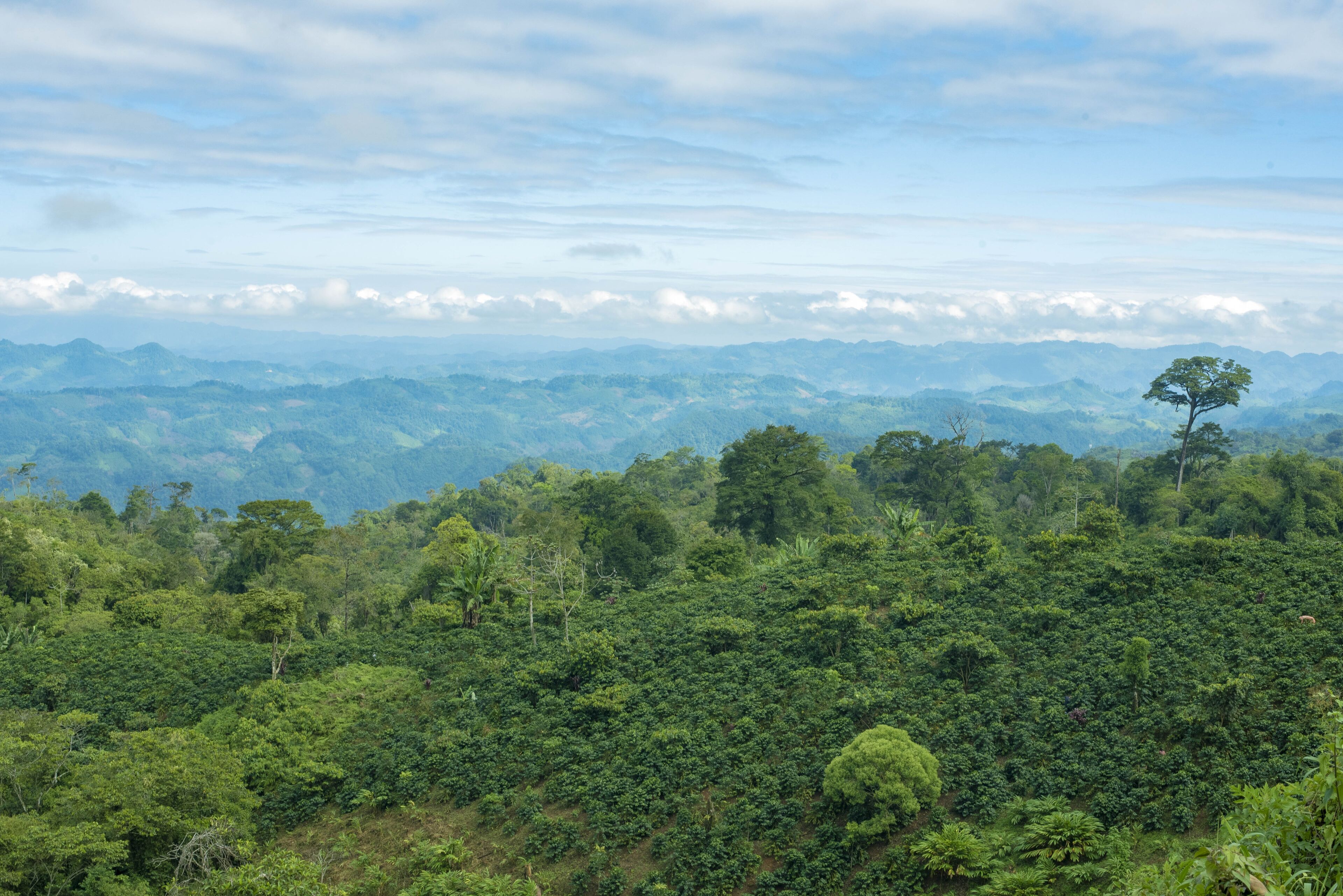
Coban

Huehuetenango
Among the three non-volcanic regions, Huehuetenango stands as the highest and driest area under cultivation. Benefitting from dry, hot winds that sweep into the mountains from Mexico's Tehuantepec plain, the region is shielded from frost, allowing cultivation in Highland Huehue to extend up to 2,000 meters aboe sea level. The remote nature of Huehuetenango practically mandates that all producers process their own coffee.
Harvest periods
| Region | January | February | March | April | May | June | July | August | September | October | November | December |
|---|---|---|---|---|---|---|---|---|---|---|---|---|
| Antigua | ||||||||||||
| Atitlan | ||||||||||||
| Coban | ||||||||||||
| Huehuetenango |
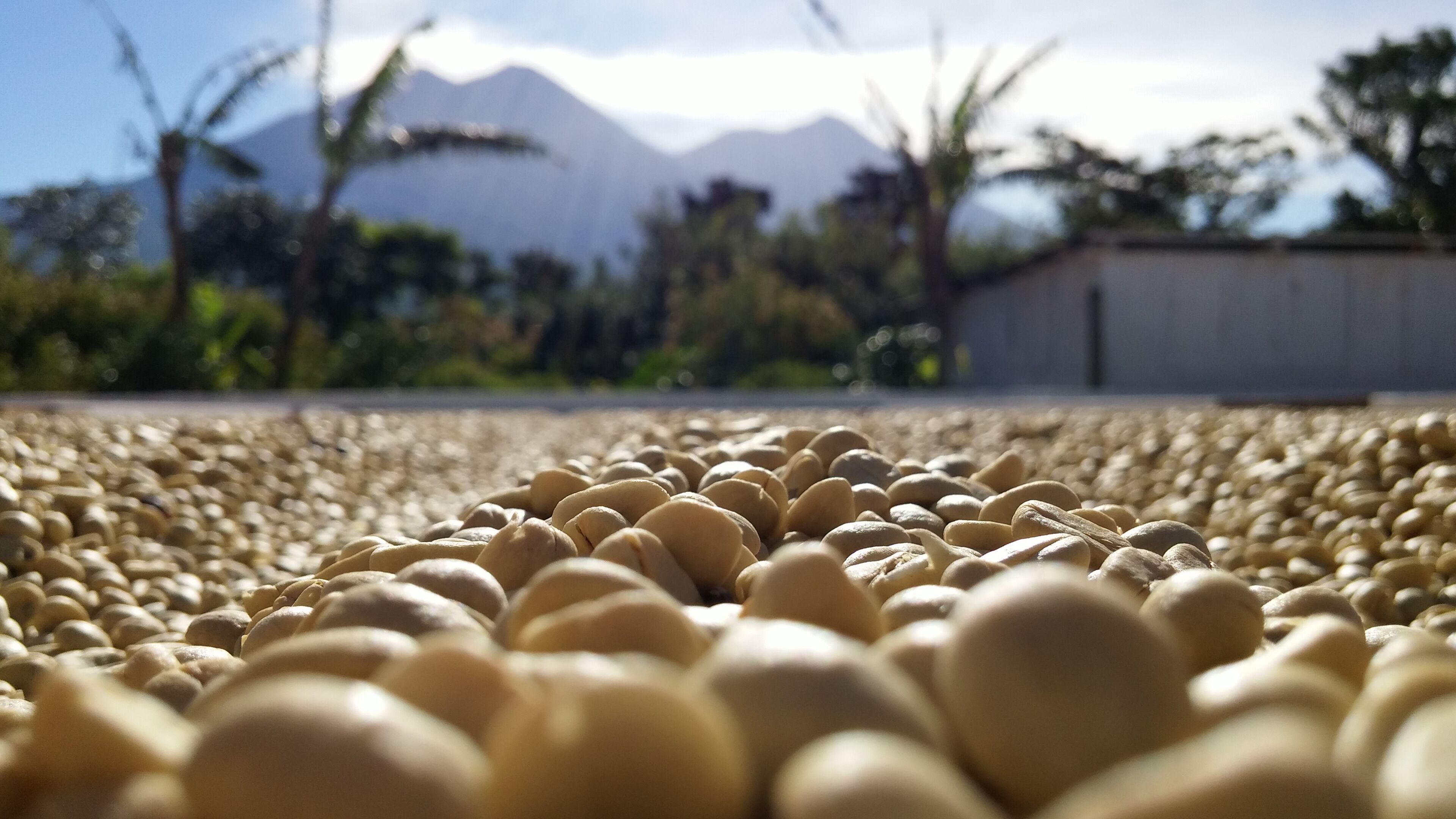
The coffee sector from the country
The sector
Guatemala has grown coffee since the mid-17th century. There are currently more than 305,000 hectares of coffee, representing 2.8% of national soil and spreading across the country’s 22 departments. 98% of producers grow coffee on a small scale, and less than 1% are large-scale farmers. Over 80% of the coffee exported is of a high quality, what we call a “SHB” (strictly hard bean) grade. Coffee is the second most important agricultural export after sugar. There are 8 coffee-growing regions. The highest production volume was recorded between, with 5 million bags of coffee, before the 2011 crisis hit.
Geography
Guatemala has numerous microclimates, explained by altitudes ranging from 0 to 4,211 metres. There are 37 volcanoes, which produce a soil ideal for coffee growth, as well as numerous mountains and rivers. It is also bordered by the Pacific and Atlantic Oceans.
Main actors
Anacafe (Asociacion Nacional del Cafe) is a private institution that oversees and supports all coffee production and export in Guatemala. It was created in 1960 as a result of a national law. It represents Guatemala’s coffee industry abroad, expedites export permits and promotes the country’s coffees.
Anacafe also provides technical support for producers and various services for the coffee community.
Export Ports
Santo Tomas de Castilla (Atlantic Ocean)
Puerto Barrios (Atlantic Ocean)
Puerto Quetzal (Pacific Ocean)
The producers
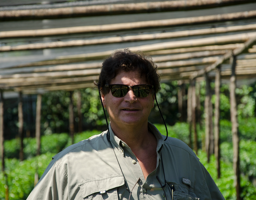
Alex Herrera
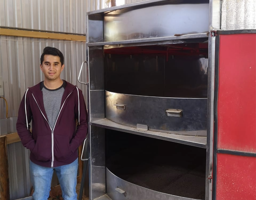
André Melendez
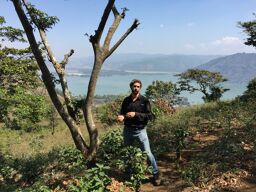
Christian Starry

Alex Keller

ASPROGUATE

Coffea Diversa
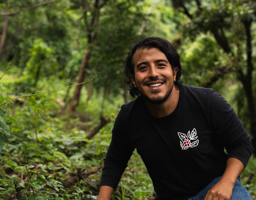
Felipe Contreras
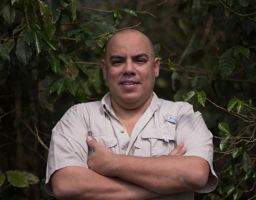
Francisco Quezada
José Roberto Monterroso Pineda
Los Hernandez
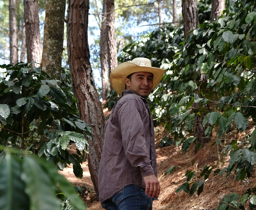
Ronald Pivaral
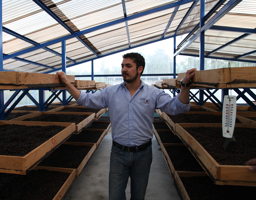
Mario Alarcón

Renardo Ovalle
Coffees product in Guatemala

Cascara from coffee plants grown biodynamically

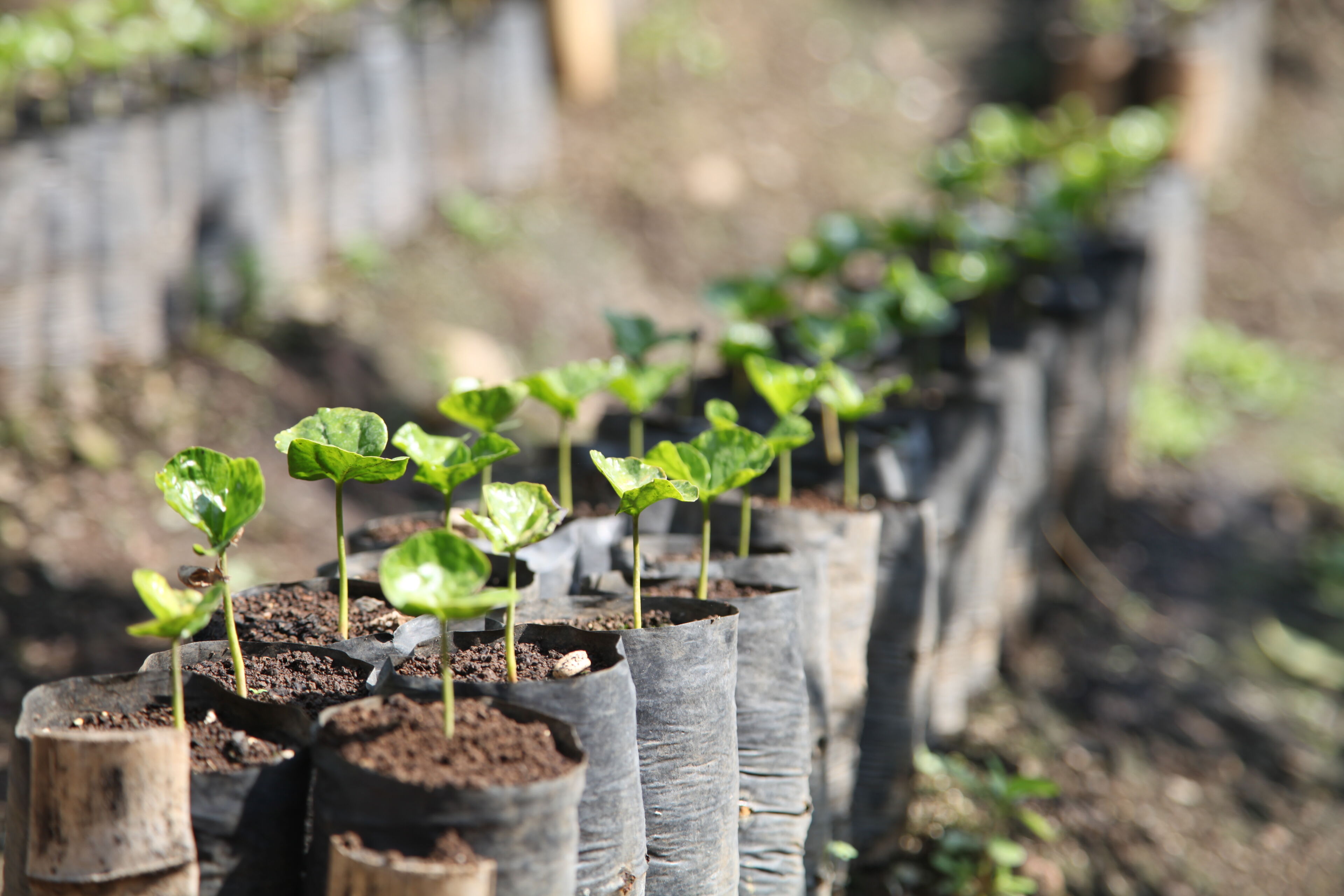
This coffee bears in its name a history of which we are proud to be a part


This is an ultra-clean coffee

